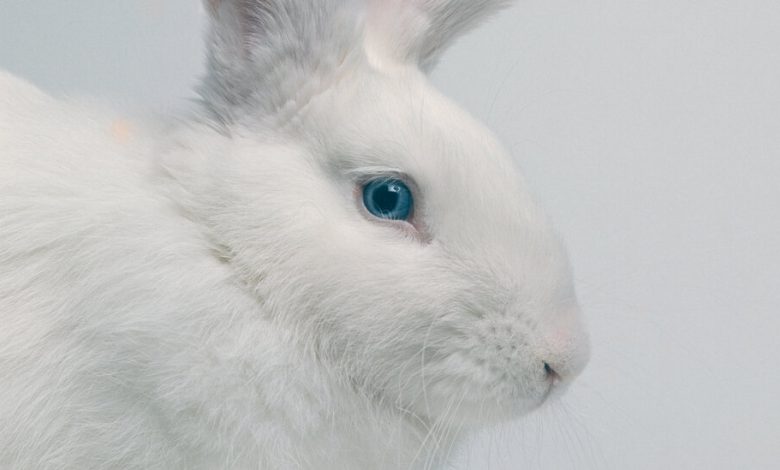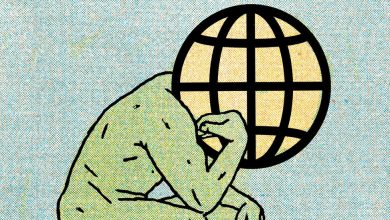Our Bunnies, Ourselves

We have a complicated relationship with bunnies.
On the one hand, we keep them as preschool companions, expect them to deliver candy one Sunday every spring and, in later years, read perennial bunny best sellers to our children, from “Pat the Bunny,” “I Am a Bunny” and “The Runaway Bunny” to “Guess How Much I Love You” and “Knuffle Bunny.”
On the other hand, when bunnies show up in adult conversation, the context is almost exclusively, well, adult — the naïve sweetness of the child’s conception crassly juxtaposed with the animal’s fertility or Playboy’s retrograde cheesiness. Bad Bunny, Frank in “Donnie Darko,” Vincent Gallo’s “The Brown Bunny” — like mimes or china dolls, the sinister bunny is almost as common these days as the fuzzy original.
But this is an old state of affairs, going back to the bunnies’ wild antecedents: rabbits and hares. Hares were pagan symbols of fertility (for obvious reasons) and hermaphroditism (because of their somewhat ambiguous genitalia). Some ancient authorities claimed they could reproduce by mating with themselves. The hare was later sanitized by German Lutherans into the Easter symbol we know today, while retaining its promise of magic regeneration. Domestic rabbits took off in the 19th century (the “Belgian Hare Boom,” which peaked in 1898, led to the formation of rabbit-fancier clubs across England and America) and soon “bunny” became the default term for the rabbit as pet. (Even the O.E.D. is fuzzy on the word’s etymology.)

A staff member at a London auction house holds a watercolor illustration of a rabbit by Beatrix Potter that was never published in any of Potter’s children’s books.Credit…Andy Rain/European Pressphoto Agency
In 1902, Beatrix Potter published “The Tale of Peter Rabbit.” Peter, Flopsy, Mopsy, Cotton-tail and the rest of the extended family are cute, but they’re regarded as pests. And in the later books, the “Flopsy Bunnies,” despite their name, are both undomesticated and improvident: six children whom Peter’s sister Flopsy and his cousin Benjamin can ill afford and have trouble keeping track of — a caricature (or lonely idealization) of the “undeserving” poor. For Potter’s naughty rabbits, danger or at least punishment is never far away. Humans are agents of doom.
Yet life in Potter land is an enviable romp — several giant hops down the bunny trail — compared with the depressing world of “The Velveteen Rabbit,” first published in 1921, about a plushie with the Pinocchio-like dream of becoming a flesh-and-blood mammal. With self-sacrifice, suffering and a little light fairy magic, the Velveteen Rabbit survives abandonment, sees his boy through scarlet fever, narrowly escapes a sterilizing bonfire and is rewarded with a wild life in the forest.




